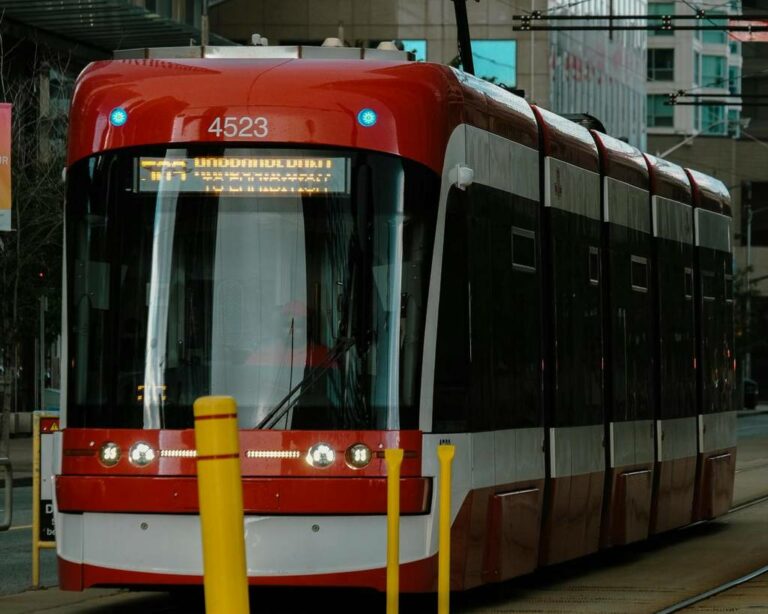The D.C. streetcar experiment is coming to an end as Mayor Bowser announces that the “next generation of street cars” will actually be electric buses. The DC Streetcar operated for less than a decade after launching in 2016 with promises of efficiency, but years of delays and budget overruns led to its downfall. According to the Washington Post, funding for the D.C. streetcar will end, and the new electric buses will utilize the existing streetcar electrical wiring. However, details about fare structures, including whether the service will remain free for passengers, are still forthcoming.
This development comes as part of broader changes in D.C.’s transportation system. In a recent budget announcement, Mayor Bowser allocated $76 million in funds for WMATA to support bus and rail services. The Metro Bus Line is undergoing a major overhaul this June, marking the first significant changes in 50 years. Updates include revised maps for the District of Columbia, Maryland, and Virginia, with all bus routes being renamed. Riders are advised to use the WMATA trip planner to check if their route has been affected, with changes taking effect on June 29th.

Another recent innovation in D.C.’s transportation system is the “Tap. Ride. Go.” initiative, allowing riders to use contactless cards for fare payment. While this system offers greater convenience by avoiding fare machines and SmarTrip cards, it’s important to note that the same card must be used for individual riders, it’s not suitable for multiple people, and free transfers from rail to bus will not be available until the system is implemented on Metrobus fareboxes in the future. More information can be found on the WMATA website.
These changes aim to create a more seamless and efficient transportation system for D.C. riders. As the city continues to evolve its public transportation infrastructure, residents remain hopeful that these developments will lead to improved commuting experiences.



